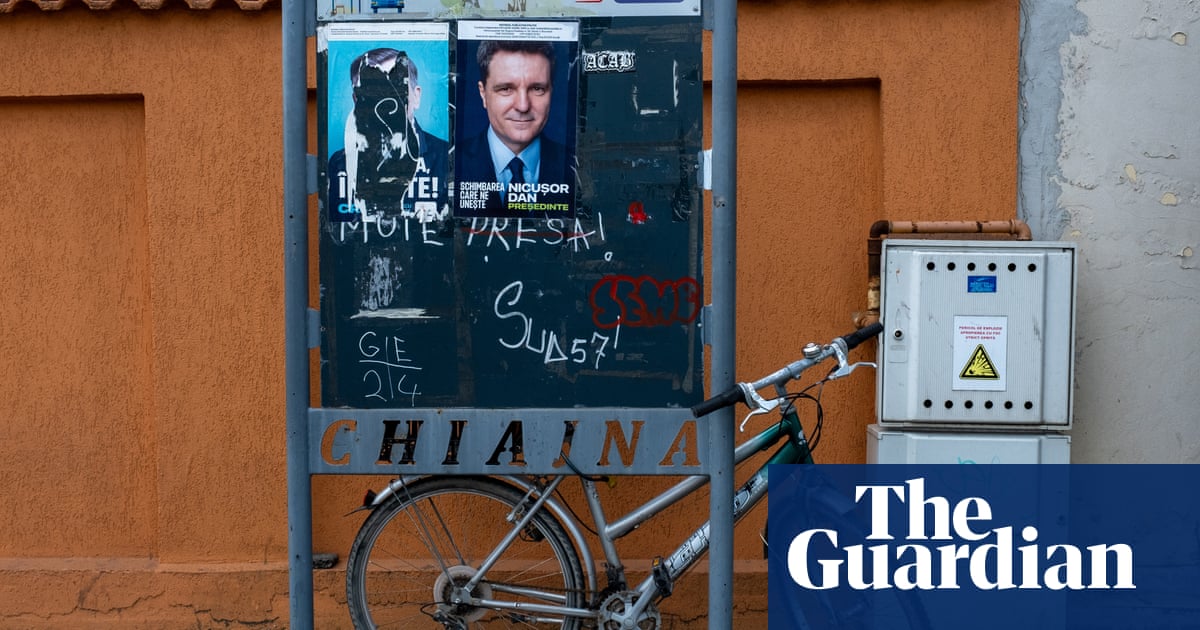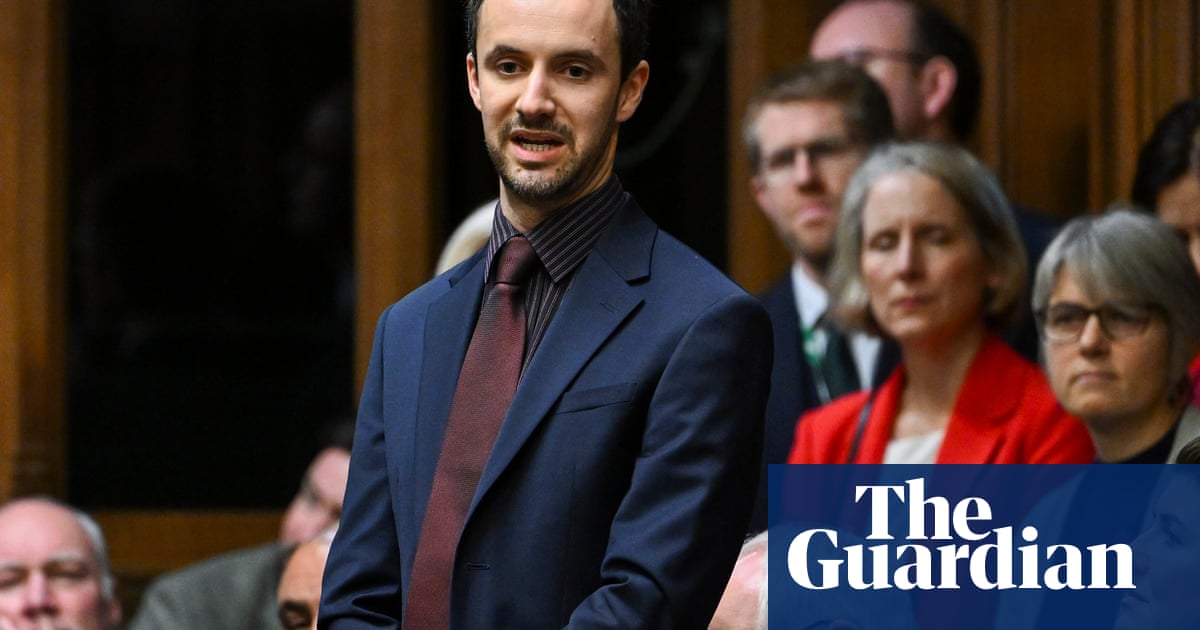With a stroke of his pen, Donald Trump last week ordered an “iron dome for America” – an act that risks sparking a destabilising global arms race. Mr Trump’s proposal takes its name from Israel’s air defence system, but it is cast in more ambitious terms for the US: a space-based interception system designed to counter nuclear, hypersonic and cruise missile threats.
It is also the latest turn of the wheel in a cycle of escalation. Moves by Washington to “increase security” have repeatedly ended up making the world more volatile and unsafe. The historic chance to eliminate nuclear weapons in 1986 slipped away over Ronald Reagan’s insistence on America’s unproven “Star Wars” missile defence system. In 2002, George W Bush – citing the threat from North Korea – ditched the anti-ballistic missile treaty, which was built on the idea that mutual vulnerability cools the nuclear arms race while unchecked defences fuel it. In The New Nuclear Age, Ankit Panda points out that Russia and China responded with countermeasures to ensure “their nuclear forces would have the ability to penetrate a sophisticated US system”.
The upshot of such policies has been that Russia and China can deliver devastating nuclear attacks against which the US has no real hope of defence, while North Korea has intercontinental ballistic missiles that can hit the US mainland. Proverbially, insanity is repeating the same action and expecting a different outcome. Yet Mr Trump is launching Star Wars II. Given the technological hurdles and prohibitive costs involved, the odds are that its vision will never be realised. The rhetorical effect, however, is likely to be to scare other countries into building more nukes.
Mr Trump’s executive order also represents a shift in US policy. Rather than missile defence centring on “rogue states” such as North Korea and Iran, it is being refocused on Russia and China. Its logic is that a new system would be such a strong deterrent that it would reduce the temptation for enemies to attack in the first place. Whether it does misses the point that it risks triggering an uncontrolled arms race.
In January 2022, a month before Russia’s invasion of Ukraine, the five recognised nuclear powers reaffirmed the “taboo” that using nuclear weapons is morally unacceptable. But their continued strategic value shows that nukes have not been truly stigmatised – because if they were, no one would be discussing them as useful military tools. Indeed, the dangerous rhetoric from Mr Trump, Russia’s Vladimir Putin and even India’s Narendra Modi suggests a worrying normalisation of a nuclear exchange.
This is particularly concerning when detente, eventually pursued by the US and the Soviet Union in the cold war, “appears elusive in this new three‑player great power nuclear contest” between Washington, Moscow and Beijing, as Mr Panda writes. The use of just a fraction of the trio’s nuclear arsenals would lead to mass destruction on an unprecedented scale. Unless there is a major shift, the last remaining US-Russia arms control treaty, New Start, which limits strategic nuclear warheads and restricts missile launcher numbers, will expire in 2026. US, Chinese and Russian officials must sit down together and rebuild nuclear stability. The world’s survival rests on them reviving an adversarial cooperation. True security comes from arms control and reductions and creative nuclear diplomacy, not trying to build an impenetrable shield.

.png) 3 months ago
41
3 months ago
41

















































